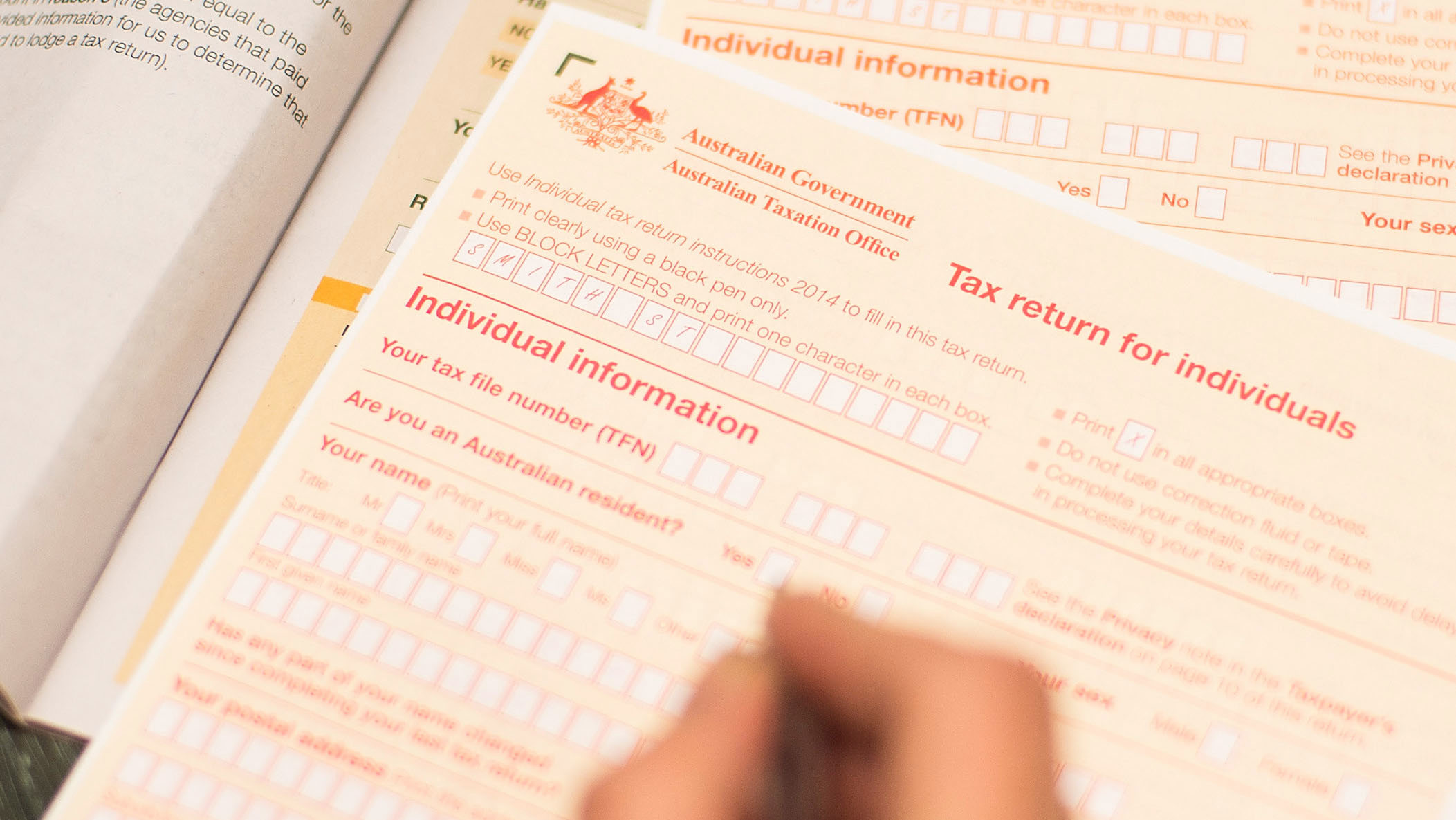Everything You Need to Know About the Australian Tax Return Process
Everything You Need to Know About the Australian Tax Return Process
Blog Article
The Uses of a Tax Return: Unlocking Potential Savings and Ensuring a Larger Tax Obligation Refund
The tax obligation return offers as an essential instrument for people looking for to enhance their monetary end results, using numerous opportunities for prospective financial savings and enhanced reimbursements. By leveraging credit scores and reductions, taxpayers can strategically minimize their gross income and improve their general monetary standing. The intricacies of tax obligation regulations and the ever-evolving landscape of tax law demand a detailed understanding of readily available alternatives. What are the key strategies that can be used to ensure that taxpayers profit from these advantages? The response might expose more than simply monetary gains.
Understanding Tax Obligation Reductions
Numerous taxpayers may find themselves overwhelmed by the intricacies of tax obligation deductions, yet understanding these necessary components is critical for maximizing potential financial savings. Tax deductions minimize gross income, therefore lowering the general tax obligation liability for businesses and individuals. Familiarizing oneself with the numerous types of reductions available can substantially improve one's capability to optimize income tax return.
Reductions can be classified right into standard and itemized reductions. The conventional reduction provides a fixed decrease in gross income, while itemized reductions enable taxpayers to specify specific expenditures, such as mortgage passion, state tax obligations, and charitable contributions. Taxpayers should analyze which choice produces the biggest benefit, as picking the suitable deduction method can bring about significant savings.
In addition, it is necessary to preserve exact records of deductible costs throughout the tax obligation year. This method not just facilitates the prep work of tax obligation returns but additionally ensures compliance with internal revenue service demands. Taxpayers should likewise remain notified regarding modifications in tax laws that might impact qualified deductions, as these can differ annually. By effectively going across the landscape of tax obligation reductions, people can expose the potential for a much more beneficial tax result and safe higher financial benefits.
Discovering Tax Credit Reports
Tax obligation credit scores represent an additional remarkable opportunity for taxpayers to decrease their general tax responsibility, matching the advantages obtained from reductions. Unlike deductions, which lower gross income, tax obligation credits offer a dollar-for-dollar decrease of the actual tax obligation owed. This distinction makes tax credit scores especially useful for individuals looking for to optimize their financial savings.
There are two primary kinds of tax obligation credit ratings: refundable and nonrefundable. Nonrefundable credits can decrease your tax obligation responsibility to no however not listed below that amount, while refundable credits can result in a reimbursement if the credit histories go beyond the tax owed. Instances of commonly asserted tax credit reports include the Earned Income Tax Debt (EITC), the Youngster Tax Obligation Credit history, and education-related credit ratings like the American Chance Credit Scores.
Eligibility needs for these credit scores can differ substantially, often based on revenue, filing status, and particular situations. Taxpayers ought to thoroughly examine the standards related to each credit report to identify they declare all advantages for which they certify. By strategically making use of available tax obligation credit ratings, individuals can enhance their tax obligation returns, inevitably resulting in considerable savings and possibly larger reimbursements.

Investing Your Reimbursement Carefully
Getting a Tax reimbursement can feel like a financial windfall, however exactly how that money is used can greatly impact long-lasting economic health. Instead of watching your refund as disposable earnings, consider it an opportunity to purchase your future.


One effective option is adding to a Specific Retirement Account (INDIVIDUAL RETIREMENT ACCOUNT) This can improve your retirement cost savings while potentially yielding tax advantages. Investing in a varied stock profile can offer substantial development possibility over time, permitting your reimbursement to function for you in the market.
Furthermore, think about utilizing your reimbursement to pay down high-interest debt, such as charge card equilibriums. Decreasing financial debt can boost your monetary standing and relieve anxiety, inevitably permitting you to assign more funds towards financial investments in the future.
For those concentrated on education, utilizing your refund for a irs pub 915 529 university savings strategy can help protect a brighter future on your own or your kids.
Planning for Future Expenditures
Carefully planning for future expenditures is important for maintaining monetary stability and accomplishing lasting objectives. A well-structured monetary strategy enables people to allot sources efficiently, why not try this out ensuring that upcoming costs do not interrupt their economic well-being. Income tax return can offer a useful structure for this preparation procedure.
Utilizing the refund as a springboard, individuals can identify and focus on considerable future expenditures, such as home fixings, education and learning costs, or health care needs. Developing a budget that integrates these prepared for expenditures enables an aggressive method, minimizing the likelihood of economic strain when the time involves address them.
In addition, reserving funds from your tax obligation reimbursement into committed financial savings accounts can improve the effectiveness of your preparation. Australian Tax return online. Think about producing a reserve particularly for unforeseen expenses, guaranteeing that you are prepared for unpredicted scenarios without thwarting your financial objectives
Usual Errors to Stay Clear Of
Lots of people make crucial mistakes when handling their tax obligation returns that can undermine their financial planning efforts. Inadequate documentation can lead to missed deductions, resulting in a reduced refund or higher tax obligation.
An additional frequent mistake is disregarding to examine tax obligation regulation adjustments. Tax obligation guidelines can evolve every year, and ignorance of these modifications might lead to missed out on possibilities for tax obligation credit ratings or deductions. Additionally, lots of taxpayers overlook eligible visit this page reductions, such as those for instructional prices or clinical expenditures.

Declaring taxes too early or far too late can likewise be damaging. Early filers might miss out on out on final tax breaks, while late filers risk fines and passion.
Additionally, not seeking expert support when essential can result in costly mistakes. Tax obligation professionals can provide useful insights, ensuring compliance and making the most of possible financial savings.
Finally, hurrying with the return can result in simple arithmetic errors or ignored forms. Taking the time to double-check all access is important for a successful tax obligation return outcome.
Verdict
To sum up, the calculated application of tax obligation returns offers as a vital mechanism for taking full advantage of monetary benefits. Awareness of common pitfalls can additionally simplify the tax obligation process, eventually encouraging taxpayers to leverage their returns for an extra safe financial future.
Tax obligation credit histories represent another noteworthy method for taxpayers to lower their overall tax liability, matching the advantages obtained from reductions. Unlike deductions, which reduced taxed income, tax obligation credit scores supply a dollar-for-dollar decrease of the actual tax obligation owed. Nonrefundable credit reports can lower your tax obligation obligation to zero but not below that amount, while refundable debts can result in a refund if the debts go beyond the tax obligation owed. Examples of typically asserted tax obligation credit reports include the Earned Earnings Tax Credit (EITC), the Kid Tax Credit history, and education-related credit reports like the American Chance Debt.
Tax guidelines can progress yearly, and lack of knowledge of these adjustments might result in missed out on possibilities for tax credits or deductions. - Australian Tax return online
Report this page